Buying a used car can be a smart financial choice, but it often comes with the risk of hidden costs in the form of unspotted car issues. Many second-hand vehicles look fine at first glance, yet underneath may lie costly car problems that can turn a bargain into a money pit. Whether you’re a first-time buyer or considering selling a car with issues, knowing the common problems in used vehicles helps you make informed decisions and avoid expensive mistakes.
This is where you can use services for a pre-purchase inspection, or simply get a full vehicle health report through Cars24 before finalising on a price and signing the dotted line.
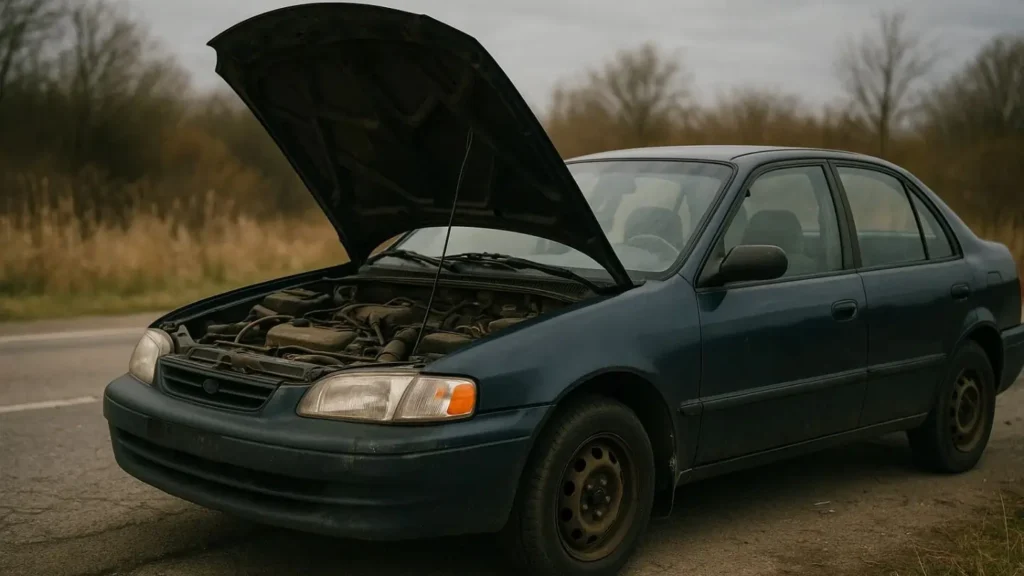
If you still want a better understanding of avoiding the common pitfalls while inspecting a used car, keep reading. This guide explores the common used car problems, from engine troubles to rust and electrical glitches. You’ll learn what symptoms to watch for, typical repair costs, and practical advice on whether it’s worth fixing a problem or walking away. Understanding these common problems in used cars gives you confidence when buying, selling, or maintaining a pre-owned car.
Engine issues
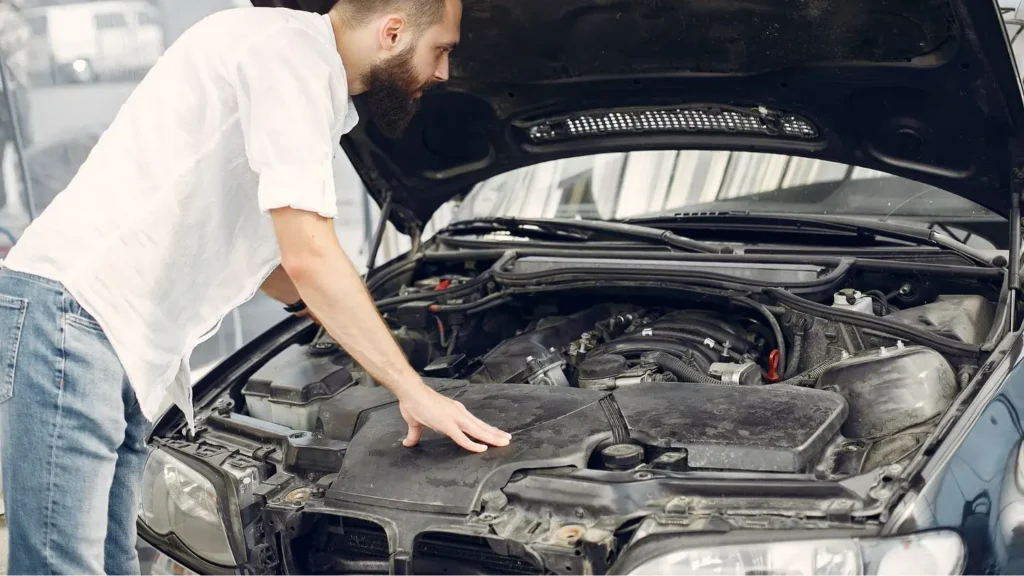
One of the biggest money pits with a used car is the engine, because fixing or replacing it comes with a MASSIVE bill. Still, engine problems are among the most common and expensive car issues in used cars. Oil leaks, overheating, and worn out components are typical red flags that can indicate bigger trouble.
Oil leaks often appear as small puddles under the car when parked or oily residue around the engine bay. Even minor leaks can signal worn gaskets or seals, with repairs ranging from a few hundred dollars to over a thousand. Overheating usually points to a faulty radiator, water pump, or thermostat, and ignoring it can cause catastrophic engine damage. Worn timing belts are critical too, failure can destroy the engine. Always check service records to confirm replacements and repairs have been done on schedule. If a car shows multiple engine problems, it may not be worth the savings.
Transmission issues
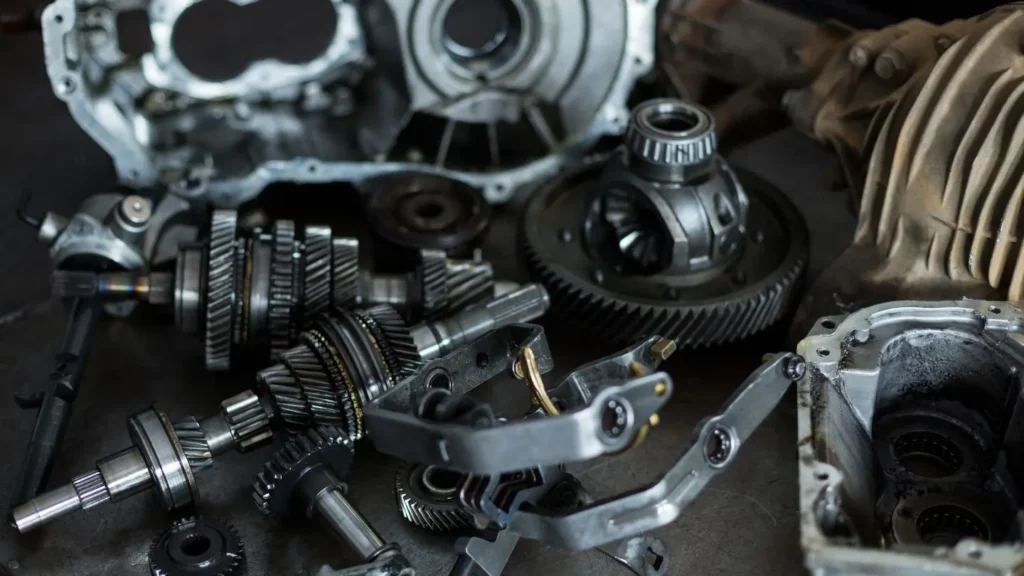
Transmission issues are some of the costliest car problems in used vehicles, second only to a faulty engine. Signs of a faulty transmission include slipping gears, delayed shifting, or unusual whining and clunking noises. Slipping gears mean the transmission doesn’t stay engaged, while delayed or jerky shifts can indicate worn internal components or low fluid. Repairs can start around $3,000, with full replacements costing even more. Always take the car for a thorough test drive and check the service history for regular transmission fluid changes. Typically, transmission issues for an automatic can be more expensive than that of a manual.
Tyres and tread
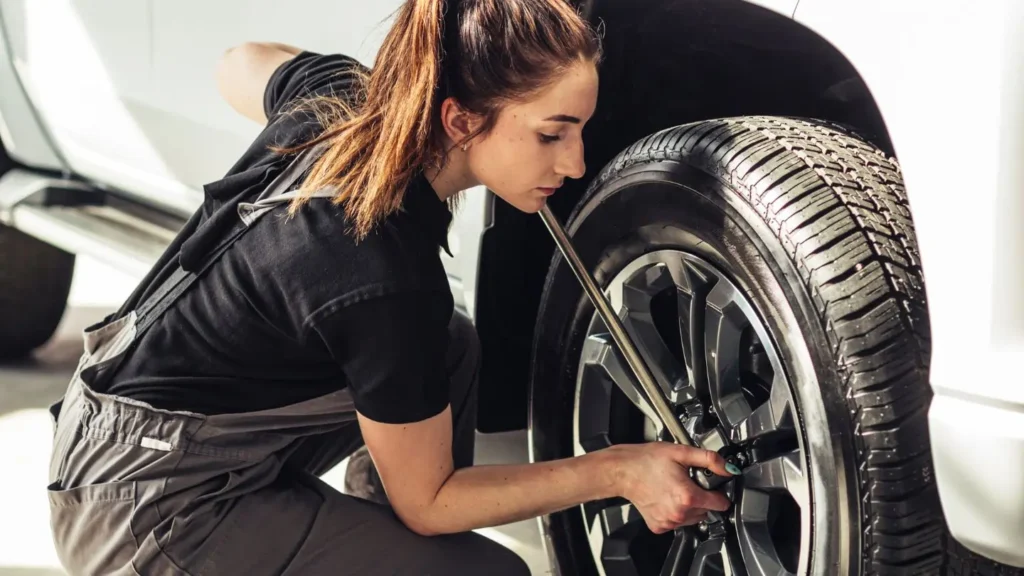
Tyres aren’t just rubber, they’re the critical link between your car and the road. Their condition directly affects handling, braking, and overall safety. Uneven wear patterns, cracks, bulges, or vibrations while driving are red flags that something isn’t right. A car pulling to one side may indicate alignment issues or uneven tyre wear. To avoid tyre-related problems, always check tread depth, maintain the manufacturer-recommended tyre pressure and tyre size, rotate the tyres regularly, and replace them if they are over five years old, even if they appear fine.
Brakes – noise and effectiveness
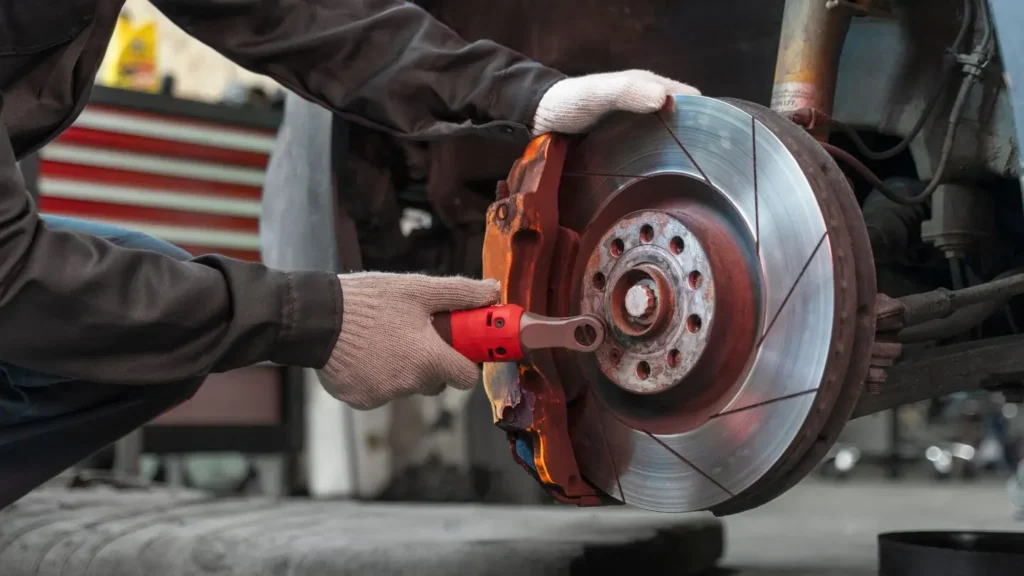
Brakes are another critical component that deserves close attention. Faulty or worn-out brakes can extend stopping distances and increase the risk of accidents. This can range from issues with brake pads to serious issues with the brake lines, so a thorough check is important.
Signs of brake problems include excessive squealing or grinding noises, a soft or unresponsive brake pedal, or the brake warning light appearing on the dashboard. Regular inspections of brake pads, rotors, calipers, and brake fluid can prevent minor issues from escalating. If you hear unusual noises or notice a change in braking performance, it’s important to address them immediately rather than waiting for a complete failure which is a big risk to occupant safety.
Electrical faults
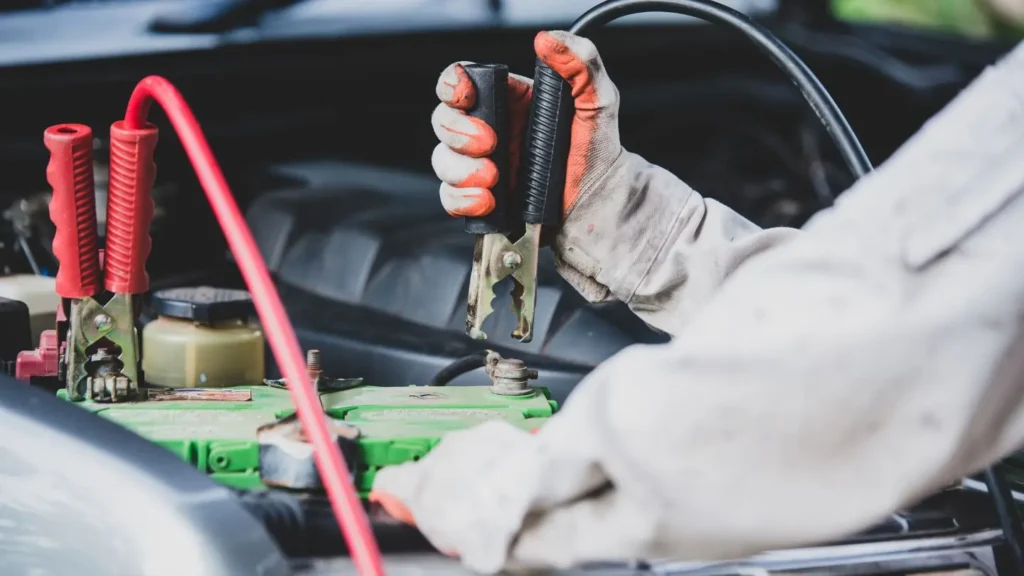
Modern vehicles rely heavily on electronics, making electrical faults a common car problem. Battery drain, dim headlights, flickering dashboard lights, or failing power windows are all warning signs of potential issues with the electronics. Compared to repairs under the hood, these would usually be less expensive, until you have to fix something really important like an ECU or central infotainment unit for a car with multiple screens on the dashboard. Minor issues may cost $150–$300 to fix, but tracing major wiring problems can cost thousands. Test every electrical function during inspection and check the alternator and battery for peace of mind. In fact, an electrical fault can stop the car from starting altogether even if all the mechanical bits are in working order.
Suspension and steering issues
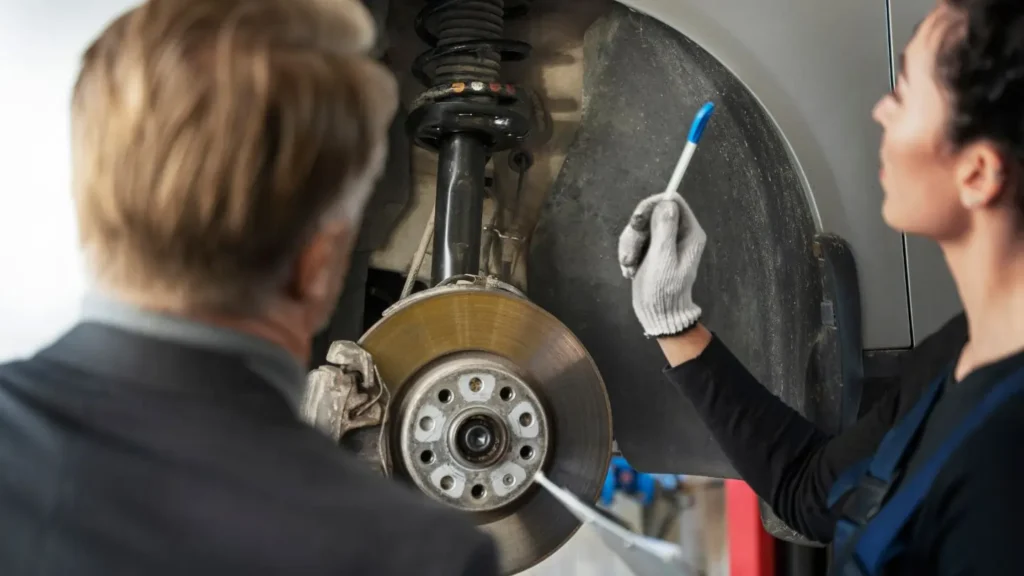
Suspension and steering faults are frequent common problems in used vehicles, particularly in cars driven on rough roads. They are also often overlooked during service unless severely damaged. Clunking noises over bumps, sagging ride height, strong vibrations over bumps, uneven tyre wear, or the car pulling to one side can indicate worn shocks, struts, bushings, or steering components. Repairs typically cost $500–$1,500 depending on the model. While these problems may not prevent a car from running, they affect safety and ride comfort. Always perform a proper road test before finalising a used car purchase..
Fuel system issues
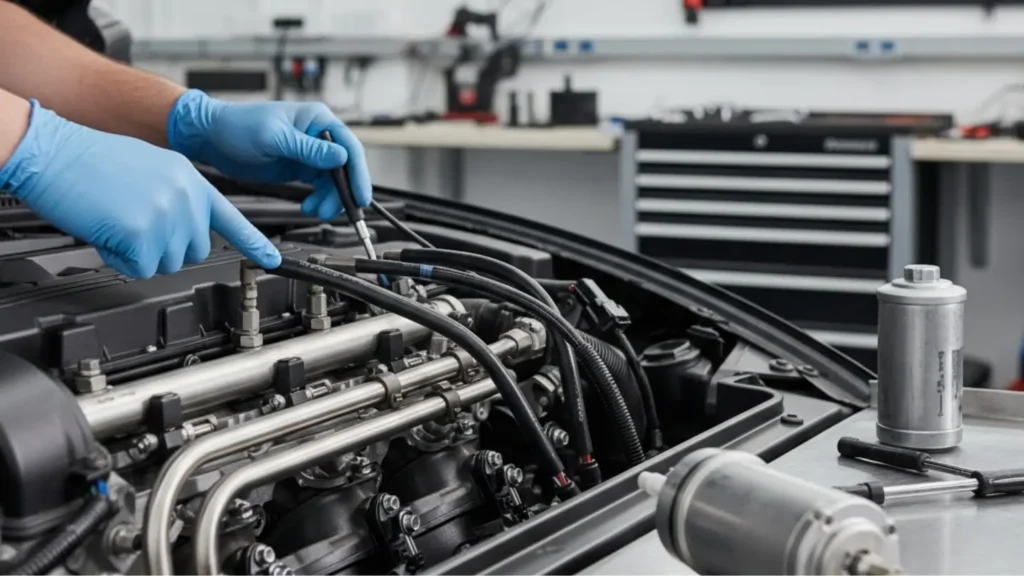
The fuel system is like the car’s circulatory system, essential for delivering the right amount of fuel to your engine. Any issues here can significantly affect your car’s performance and longevity. This system includes the fuel filter, pump, injectors (or carburettor in older cars), and the fuel tank itself. Common signs of fuel system problems include leaks, rough idling, lacklustre acceleration, engine misfires, loss of power at high revs, or reduced fuel efficiency. Causes may range from a clogged or old fuel filter, a failing pump, carbon deposits in the injectors, or even poor-quality fuel.
To avoid serious problems, follow the maintenance schedule outlined in your owner’s manual. Regularly check fuel lines, filters, and the pump, and replace any worn or damaged components. Cleaning clogged injectors or having a professional inspect the system can prevent minor issues from turning into expensive repairs.
Cooling system problems
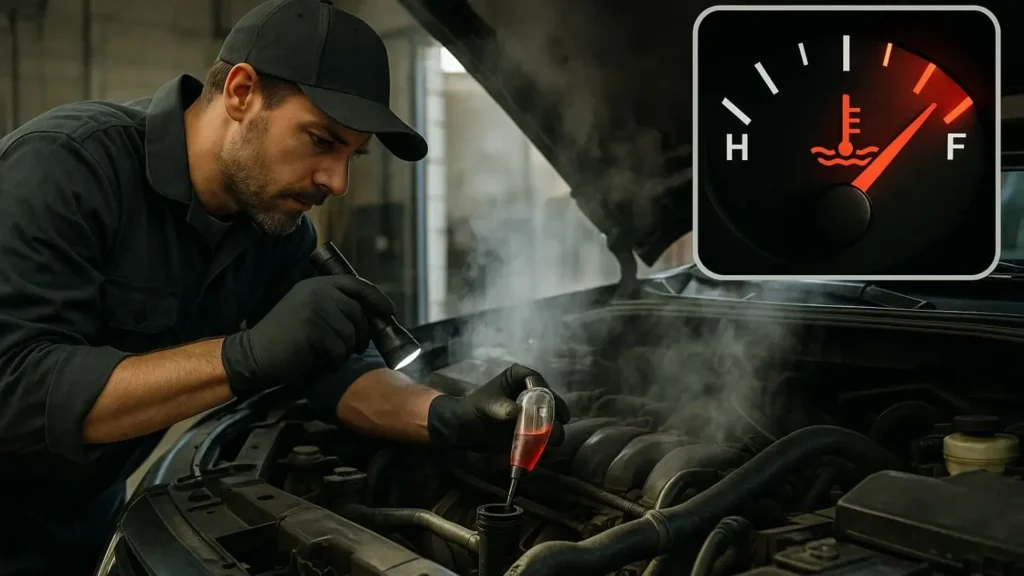
The cooling system is essential to prevent other important components from overheating, one of the most serious car issues. Common used car faults include radiator leaks, failing water pumps, or broken thermostats. Signs of a cooling issue include rising engine temperatures, coolant leaks, or dashboard warning lights. Minor repairs may cost a few hundred dollars, but major failures could damage the engine and cost thousands. When inspecting a used car, check coolant levels (easy to do it yourself), inspect hoses (get a mechanic to do it), and monitor the temperature gauge during a test drive.
Air conditioning and heating
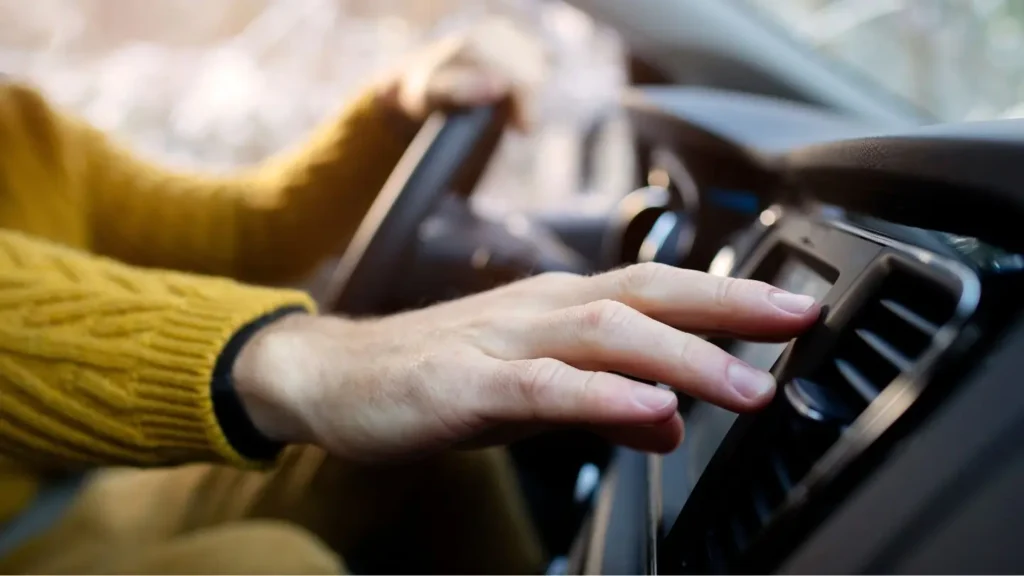
From cooling the car to cooling the cabin, it’s equally important when buying a used car. A faulty air conditioning or heating system (also known as HVAC) is a common annoyance in used cars. Weak airflow, odd smells, failed blower fans, or blocked refrigerant lines are common used car problems. Repairs can range from $200 for minor fixes to over $1,000 for major replacements. In Australia’s climate, a reliable cooling and heating system is often essential. Always test the system before purchase.
Rust and body damage
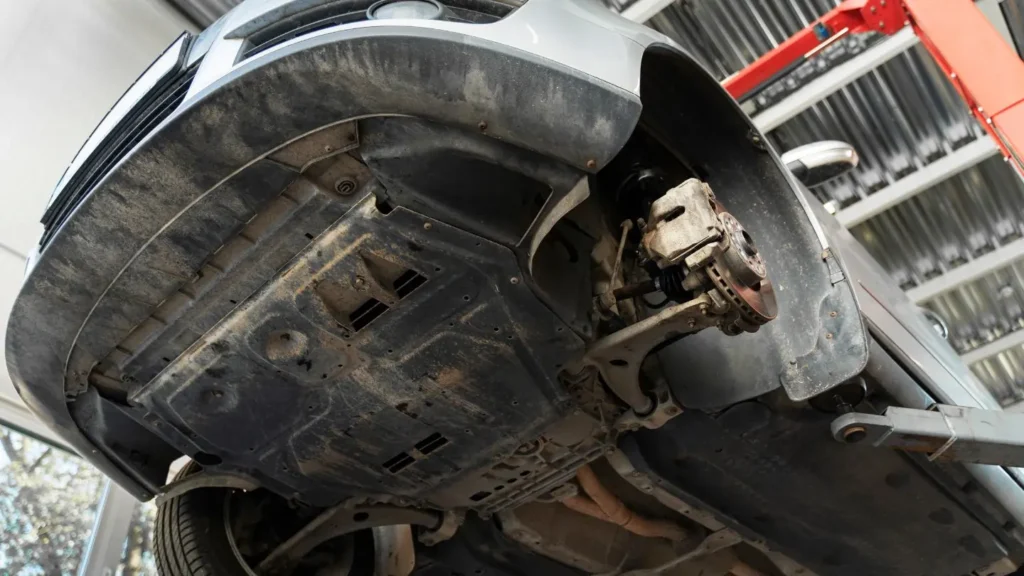
Rust is one of the most overlooked common problems in used vehicles, especially in coastal areas. Surface rust may be cosmetic, but structural rust affecting the underbody, wheel arches, side sills or door panels is a deal-breaker. Repairing severe rust can cost more than the car is worth. Inspect under the vehicle, around the boot, and inside the doors. Getting a professional inspection done is worth it if you suspect a rust issue, or at least get the car up on a service lift. Bubbling paint or weakened panels are usually a sign to walk away.
Final thoughts

Used cars can come with a variety of car problems, from engine and transmission issues to brakes, suspension, and electrical faults. Some of these problems are manageable with regular maintenance, while others can quickly become costly.
By learning to identify common problems in used vehicles and understanding practical solutions to common car problems, you can make informed decisions when buying or selling. It can either help you avoid the mistake of buying a lemon altogether, or simply knock the price down from asking so you get a fairer deal.
Cars24 is a great way to buy a used car with next to no faults. All our cars are expertly refurbished and we offer a full service history so you know exactly what you’re getting for your money. We provide instant offers, handle the paperwork, and guarantee same-day payment, helping you avoid ongoing repair costs and move on stress-free.
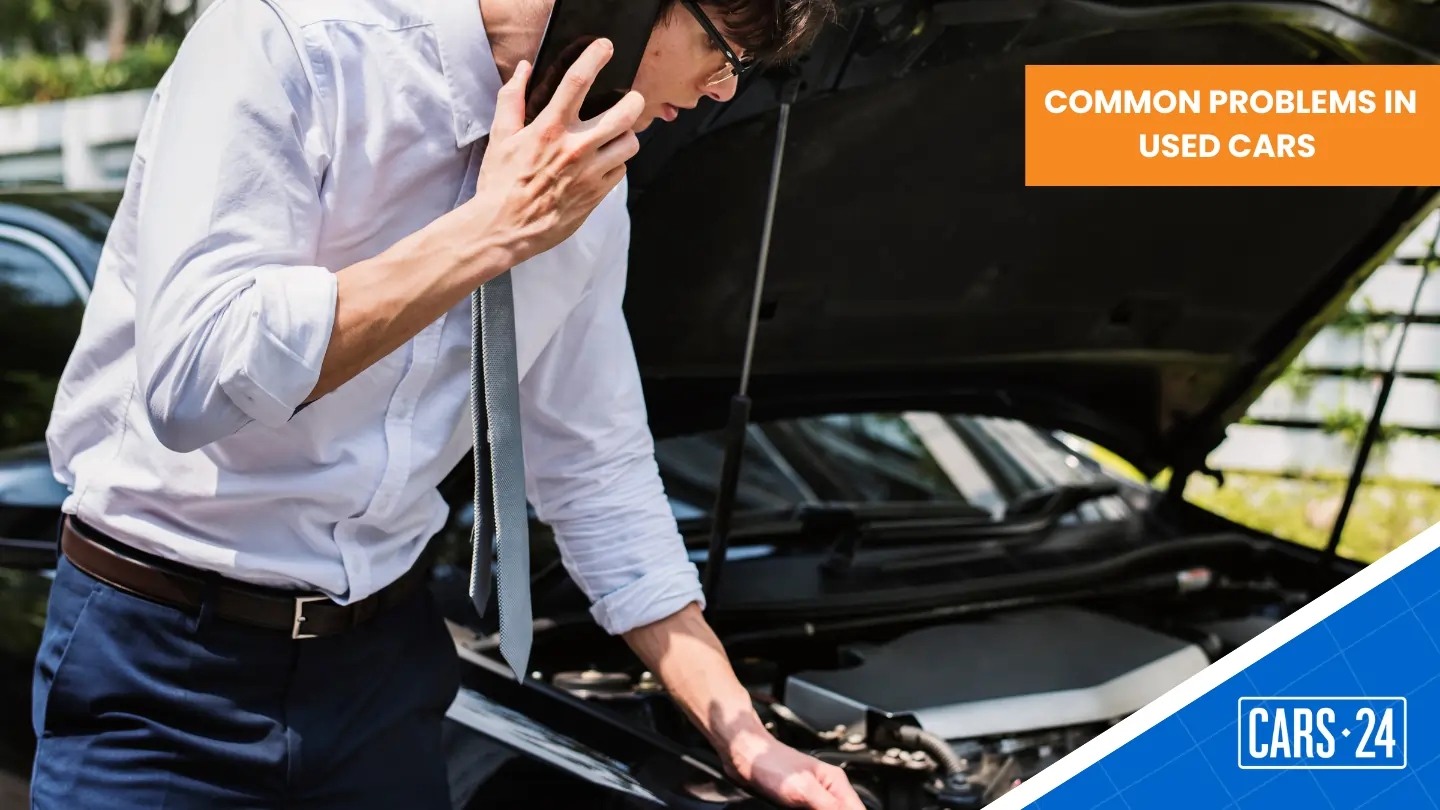
Comments
New Comment